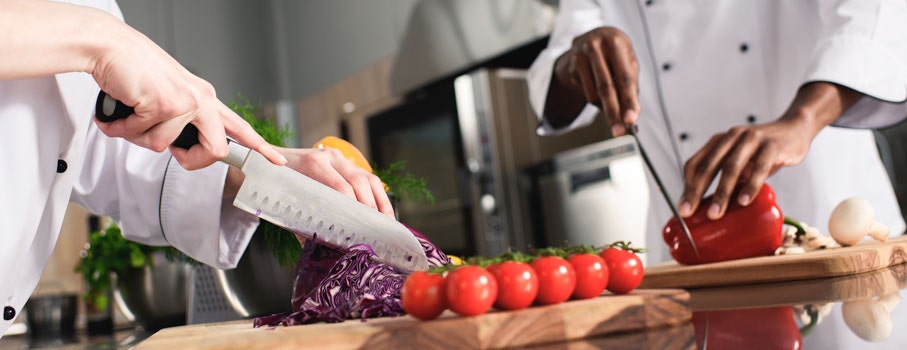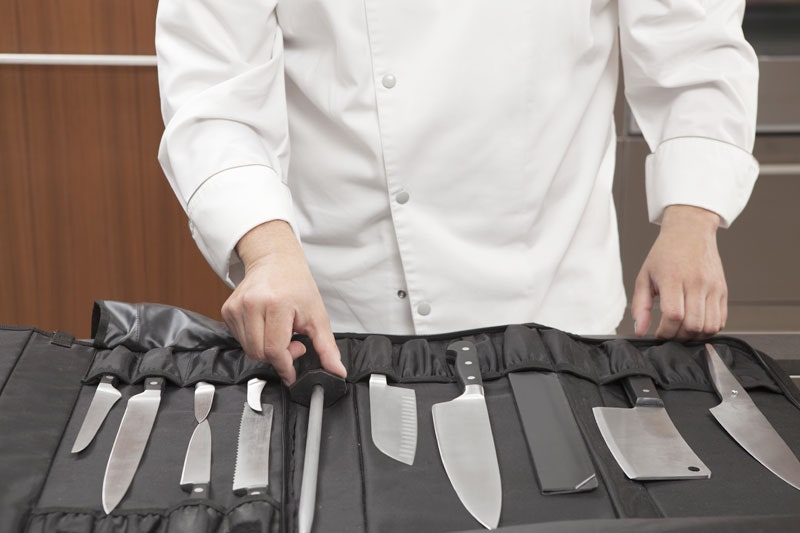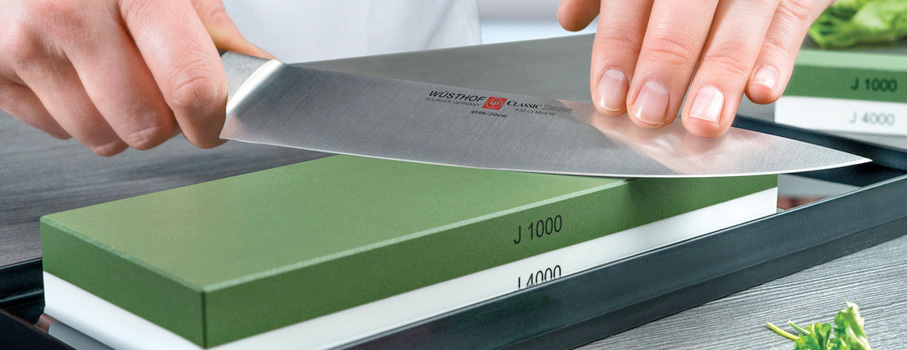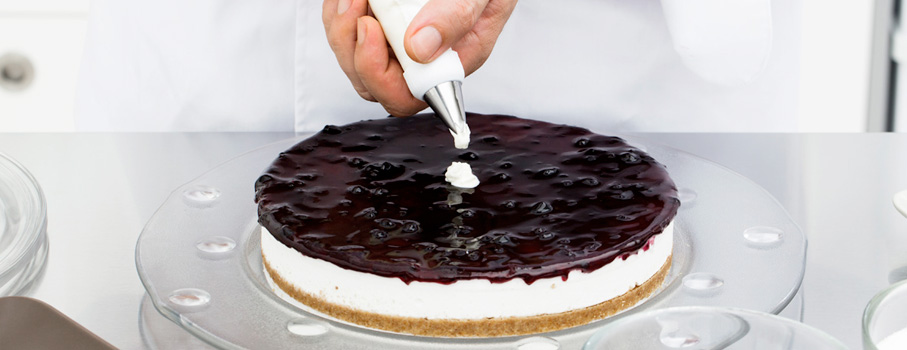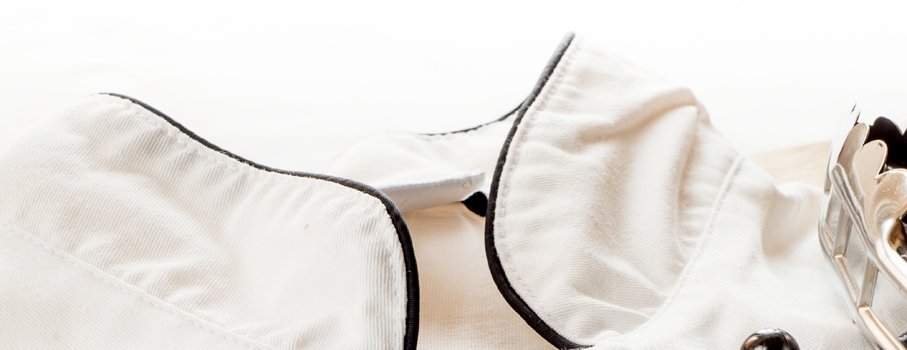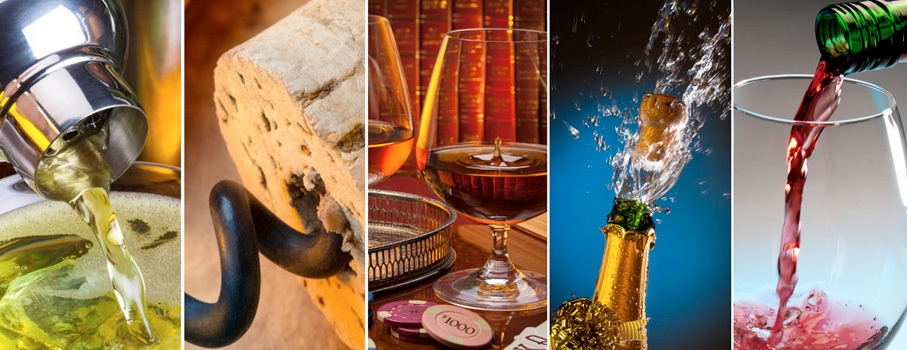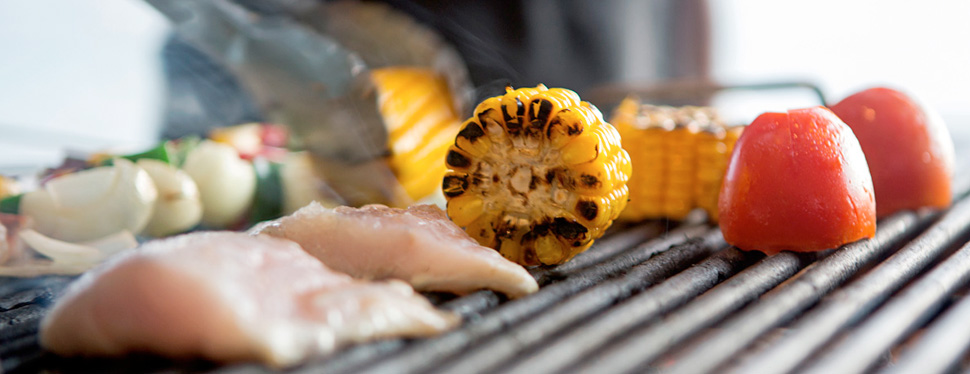Must-have pastry tools

Every day, a modern pastry shop delegates more and more manual tasks that were traditionally performed by hand to machines.
Kneading, mixing, and rolling dough used to be done with the strength and ability of the hands.
Today, technologically advanced tools that can work at an artisanal level are used.
Even the most accomplished pastry chef need certain pastry tools, little instruments without which the rigorous labor in the pastry shop would be impossible to perform.
Pastry cutter:
Metal cutters, particularly stainless steel, can be used to manufacture biscuits, cut and shape soft doughs, and layer sponge cake or biscuit forms in a variety of sweets and cakes.
In recent years, production houses have given shape to many different shapes: animal, vegetable, gingerbread man, Christmas tree cutter, Christmas ball, Santa Claus, reindeer and stars, flowers and Easter bell, pastry cutter in the shape of a skull or crucifix; you will find dozens of different shapes of cutters that reproduce everyday objects.
Some pastry cutters contain a stamp imprint, allowing you to press the design or figure to be cut onto the dough.
Quality pastry cutters with a thickness of no less than 0.3 mm are preferred. During cutting, the cutter is prevented from deforming and not making clean and precise cuts.
Pastry spatula:
The term pastry spatula can apply to a variety of kitchen utensils, such as rubber or silicone spatulas.
Spatulas with plastic or polymer handles, spatulas with a straight or stepped structure, and spatulas of various sizes are available.
They can be rigid, but in confectionery, semi-flexible or flexible is preferred.
They're perfect for glazing, spreading, and serving tiny sweets, cakes, and decorations.
Spatulas made of plastic or silicone can be used to mix or scrape food from a dish, scoop, or spread it.
Pastry spoon - It was primarily made of wood in the past, and it is now widely used in pastries.
Wooden spoons are no longer used in modern pastry businesses, as HACCP laws prohibit them.
The pastry spoon is ideal for combining and amalgamating, and because it does not melt, it may also be used to break up unmelted sugar particles if necessary.
Pastry spoons are now made of high-temperature resistant composite materials, polymers, and glass fiber.
The pastry spoon is also available in silicone, which is always heat resistant.
Scraper - Pastry scraper:
The pastry scraper can be made of plastic, stainless steel, or a combination of plastic and steel.
A semi-circle or rounded plastic scraper is also useful for scraping bowls or mixing mousses or soft doughs.
Scrapers made of stainless steel or with plastic handles are used to cut leavened dough, egg pasta, temper chocolate, or scrape excess chocolate into polycarbonate molds.
Pastry brush
The pastry brush is indispensable in pastry making.
It can be found with natural, silicone or nylon bristles.
Be careful of cheap brushes that tend to lose bristles easily or fail to withstand high temperatures.
Natural bristle brushes usually use boar bristles.
Brushes are essential for buttering, oiling, polishing with jelly, rolling out egg yolk or decorating with food coloring.
Silicone brushes are being used more and more often, as they can handle hot liquids more easily, or synthetic brushes, which are less likely to lose their bristles during use, because they are thicker than natural bristles.

Strainer:
A simple fine or semi-fine mesh strainer can be used for filtering as well as removing impurities.
Fine mesh strainers are ideal for filtering or sifting flour, powdered sugar, and cocoa powder.
Pastry bags - Sac a poche:
The Sac a poche, or pastry bag, is a bag with a triangular form that terminates in a point and into which the nozzle can be placed.
It's built of a variety of materials, is foldable, and food-safe, and it's used to carry semi-solid foods by squeezing them through a narrow opening on one end that can be used with or without a spout.
Many chefs prefer it to the pastry syringe, which performs a similar job, because the large opening opposite the nozzle makes it easier to fill and handle.
It is used in professional kitchens and pastry shops with stainless steel nozzles for a variety of purposes, particularly filling and decorating, including cake decoration.
The sac a poche comes in a variety of sizes, ranging from 30 cm to 55 cm, and is composed of a variety of materials:
- in canvas: they're heavy, but they're flexible and simple to work with, and they're great for compact and hard doughs. They are, however, difficult to clean and stain easily.
- in disposable plastic: they are versatile and easy to use. To adapt it to the nozzle or to use it without it, the tip is chopped using scissors. It is disposable after use, incredibly adaptable, and reasonably priced. When purchasing a cheap sac a poche, be aware that they are made of weaker material and are more likely to break while in use. Micron disposable bags come in a variety of thicknesses and are constructed with a shinier material on the inside for good product slipperiness and a rougher, non-slip texture on the outside for a solid grip during use. Professional sac a poche with a single weld are thinner for greater portability and more resistant to breaking during use. Together with the high quality multilayer material, they ensure the sac a poche's long-term durability, allowing it to be filled several times during use.
- in nylon: they are light and comfortable to use, easy to clean, but less resistant than canvas.
- made of silicone: t excellent for use with hot doughs, very flexible, easy to handle, and easy to clean.
Double bags are also available, allowing you to insert two different colors or flavors of cream and dose them at the same time.
Pastry nozzles
Pastry nozzles are available in stainless steel or plastic.
Decoration tips come in a variety of shapes and sizes; selecting one can be difficult due to the lack of a standardized sizing system among manufacturers.
They are usually titled with letters or numbers based on their style and size.
The most common are round tips, star tips, and petal tips.
An adapter can be used to lock the pastry nozzles.
An adapter is a two-part device (base and ring) that allows you to swap out different decoration tips without having to change the pastry bag. The adapter's base is designed to fit inside the sac a poche, and the decorative tip of your choice is attached to the part of the adapter that sticks out from the sac a poche.
When the ring is screwed on, the decoration tip is held in place.
Having a variety of pastry nozzles for icing cakes, cupcakes, or pastries can improve the visual appearance of the cake.
A high-quality set of nozzles includes all of the sizes and shapes needed to achieve both a quick and easy decoration goal as well as the ability to transfer design or aesthetic impact.
There are specific nozzles for creating unique decorations.
Saint-Honorè nozzles have a unique opening for wave design, and they get their name from a French dessert.
Russian nozzles: It's unknown why these nozzles are called "Russian," given they don't appear to originate in the country. These nozzles make creating buttercream flowers simple, and they produce stunning results regardless of skill level.
They differ from normal pastry tips in that they feature a meticulously constructed cutout instead of a hole shaped like a star or leaf at one end.
Even if your skill level is amateur, these nozzles can make any cake look professionally decorated.
Sphere decorative nozzles: Nozzles with a large sphere-shaped outlet hole and various steel designs to achieve an excellent decorative result, particularly with whipped creams.
Pastry whisk:
A pastry whisk is a kitchen utensil that can be used to whisk together smooth components or to add air into a mixture, a technique known as whipping.
A long, slender handle with a succession of wire loops linked at the end is typical of most whips. Wires are typically made of metal, but some are made of plastic for use with nonstick cookware.
Whisks are widely used to whip cream into whipped cream or to whisk eggs, yolks, and egg whites into a constant foam to make meringues.
Aeration is only effective if the air in the dough persists until it is cooked.
It is possible to make whisks with 8 or 11 threads, which are suited for harsher doughs or gentler doughs that require more air.
Depending on the food to be processed, the thickness and hardness or flexibility of the whisk are key qualities to consider.
Some whisks have silicone-coated steel wires to prevent nonstick cookware from being damaged while in use.
.
Acetate:
Acetate is a type of plastic used to coat the inside of pastry molds, particularly mousse rings, to allow the contents to be removed after freezing.
It comes in a range of heights and pre-cut strips and rolls.
Make sure you get the right height for your molds.
Sheets of acetate are also available.
The sheets are mostly used for chocolate decorations, and when removed, they give the chocolate a particular glow.
Cristina Passarotto

 IT
IT FR
FR
